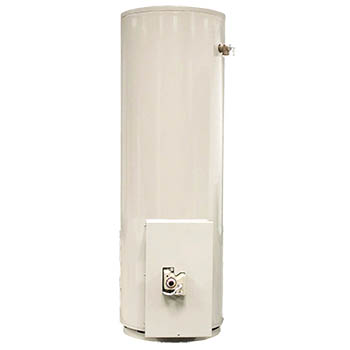
Besides heating and cooling your home, heating your water uses more energy than anything else in the house.
In fact, the U.S. Department of Energy estimates that the typical family spends up to 18 percent of its utility dollars on water heating.
Good news: It’s simple to lower that cost. Here are six tips:
Get rid of your old showerheads and bathroom faucets. They pump out way more water than you need to comfortably get clean. In their place, install low-flow faucets and aerating showerheads. The less water you use, the less you have to pay to heat it.
If you notice a leaky faucet, repair it immediately. The U.S. Geological Survey estimates that a faucet that drips 20 times per minute will waste a full gallon of water every day. If that happens to hot water, you are washing money down the drain with every drip.
Insulate your electric hot water tank — but don’t cover the thermostat. If your tank is gas- or oil-fueled, don’t cover the top or bottom of the heater or its burner compartment. You might need to ask a plumber for help.
Wrap the hot and cold water pipes that connect to the water heater — for about six feet out.
Drain about a quart of water from the tank every three months to remove sediment. Built-up gunk in the water heater can make it inefficient because it has to work harder to transfer the heat to the water.
If you’re in the market for a new water heater, choose a high-efficiency model with the ENERGY STAR® label. High-efficiency water heaters use 10 to 15 percent less energy than traditional models. Since new water heater models are more efficient than older ones, it’s worth it to replace yours if you’ve had your water heater for seven years or more.



